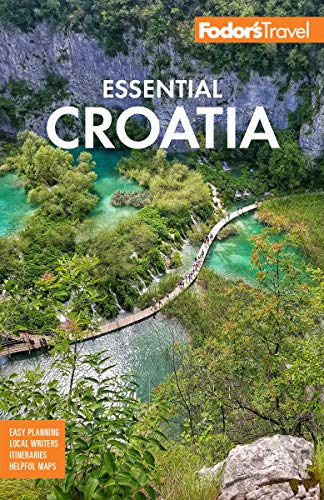Split's ancient core and its centuries of history are spectacular. This is a city whose heritage dates back to prehistoric times and across the pre-Roman Illyrian period. The very heart of the city lies within the walls of Roman emperor Diocletian's palace, which was built in the 3rd century AD. Diocletian, born in the nearby Roman settlement of Salona around AD 245, achieved a successful career as a soldier and became emperor at the age of 40. It's thought that in 295, he ordered a vast palace complex to be built in his native Dalmatia, and when it was completed he stepped down from the throne and retired to his beloved homeland. Upon his death, he was laid to rest in an octagonal mausoleum, around which Split's magnificent cathedral was built.
Centuries later, Eurasian nomads migrated from the north, clashing with local inhabitants around the 7th century AD. Some locals found refuge within the palace walls. Over the years, the palace complex and its vast imperial apartments were divided up and expanded into living quarters. During the 10th century, Croatia got its first king, and the area developed into an important urban center for the new kindgom; by the 11th century, the small original settlement had expanded beyond the ancient walls.
From the 15th through 19th centuries, Split saw Venetian and Hapsburg rule. In the early Middle Ages, the city became one of the Adriatic's main trading ports and saw a blossoming of splendid Renaissance buildings, art, and literature. During the 19th century, an overland connection to Central Europe was established by the construction of the Split–Zagreb–Vienna railway line.
After World War II, Split saw a period of rapid urban expansion; industrialization accelerated, and the suburbs extended to accommodate high-rise apartment blocks. Today the historic center of Split is included on UNESCO's list of World Heritage Sites.






